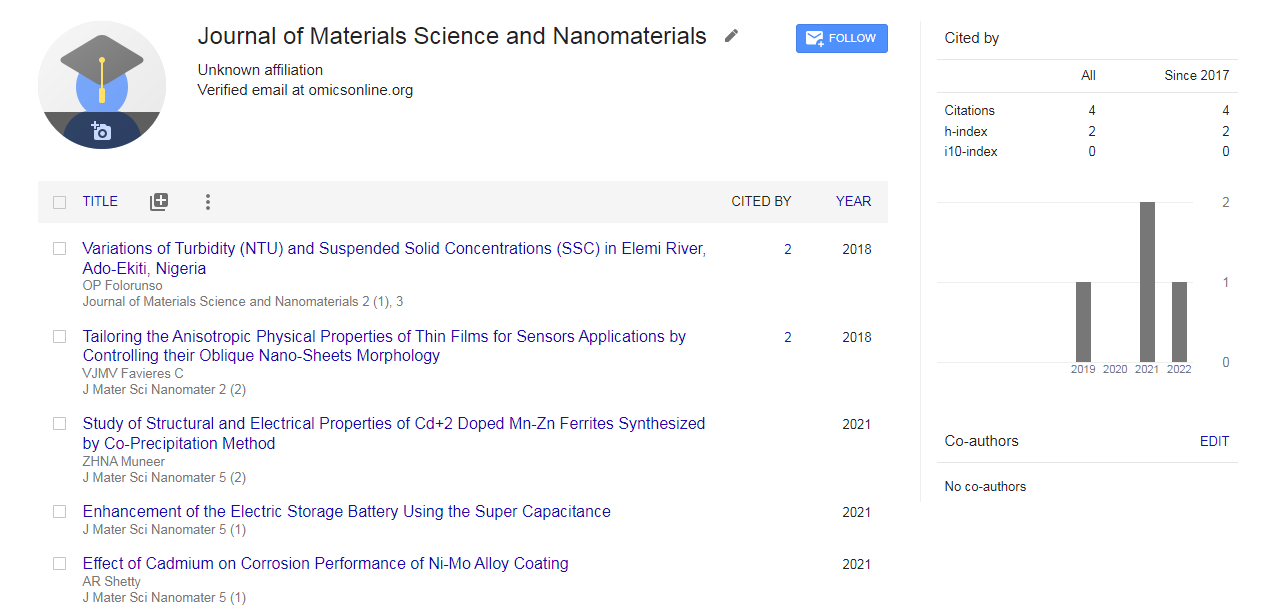Computing Thermo-Elasticity of Crystalline Systems from Quasi-Static and Quasi-Harmonic Approximations
*Corresponding Author:
Copyright: © 2019 . This is an open-access article distributed under the terms of the Creative Commons Attribution License, which permits unrestricted use, distribution, and reproduction in any medium, provided the original author and source are credited.
Abstract
An effective algorithm for the calculation of the thermo-elasticity of solid compounds is discussed and implemented into the CRYSTAL program, a quantum-mechanical ab-initio simulation software (www. crystal.unito.it). The computational approach to the characterization of advanced properties of materials is becoming a powerful complementary tool to actual experiments in the laboratory because of its increasing accuracy and efficiency. The term thermo-elasticity means the thermal dependence of the elastic response of the system. More precisely, speaking about crystalline materials, we should talk about anisotropic thermo-elasticity. This explicitly refers to the ability of characterizing the directional elastic properties and not just their average values - that would be sufficient for isotropic media, such as fluids or amorphous solids.

 Spanish
Spanish  Chinese
Chinese  Russian
Russian  German
German  French
French  Japanese
Japanese  Portuguese
Portuguese  Hindi
Hindi 